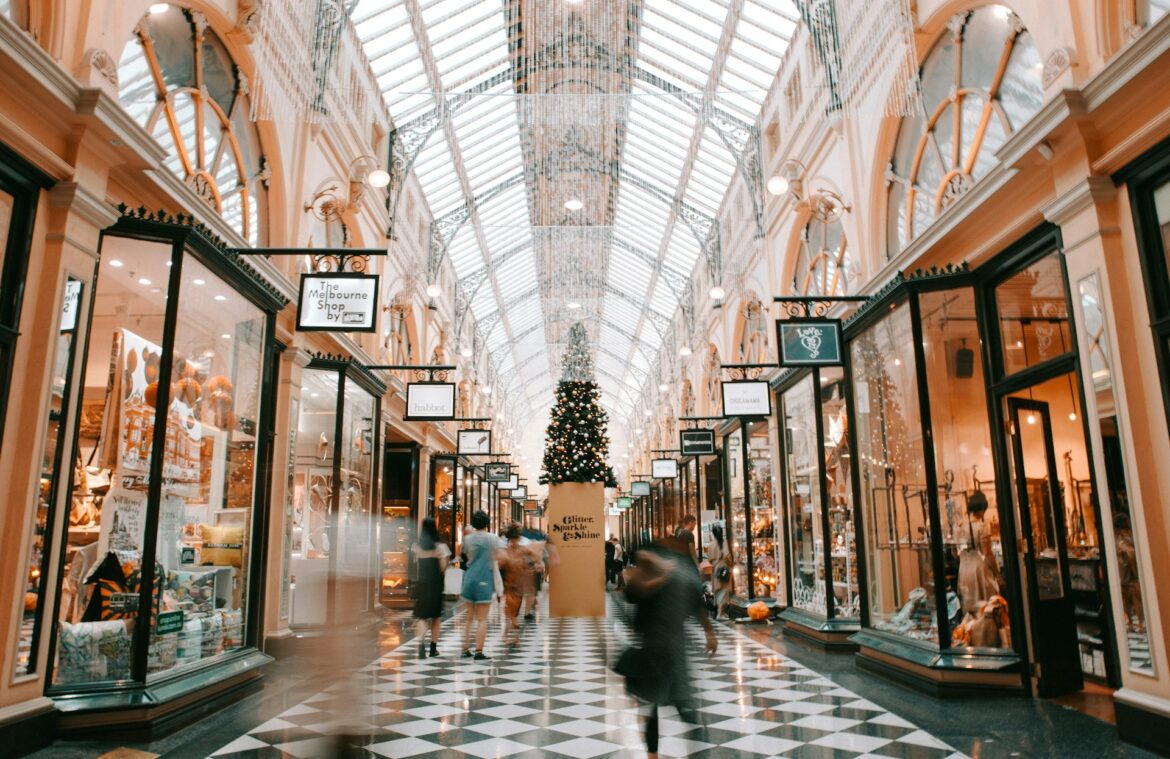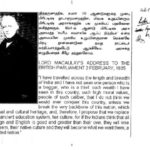You may have noticed that retail store displays can make a significant impact on customer behavior and purchasing decisions. But how can you guarantee your displays are optimized to their fullest potential? By incorporating strategic product groupings, effective lighting techniques, and attention-grabbing color usage, you can create an immersive shopping experience that resonates with your target audience and drives sales. Stay tuned to discover the key strategies and tactics that will elevate your retail store displays to new heights of success.
Strategic Product Groupings
When curating your retail store displays, strategically grouping products can enhance visual appeal and customer engagement. By utilizing retail display solutions effectively, you can create visually appealing arrangements that draw customers in and encourage them to explore your products further. Consider using display solutions that not only showcase individual items but also complement each other thematically. This can help create a cohesive and engaging display that tells a story or evokes a particular mood.
When organizing your retail displays, think about natural add-ons that can enhance the featured products and create a more immersive experience for customers. Display related items together to make it easier for shoppers to find complementary products and make informed purchasing decisions. Additionally, consider incorporating accent lighting to highlight specific products within the groupings, drawing attention to key items and creating visual interest.
Effective Lighting Techniques
Enhancing the ambiance through strategic lighting placement and intensity levels can greatly elevate the overall visual impact of your retail store displays. Consider using a combination of ambient, task, and accent lighting to highlight specific products and create a welcoming atmosphere. Ambient lighting sets the overall tone, while task lighting illuminates particular areas like product shelves. Accent lighting adds depth and drama by focusing on key products or displays.
Pay attention to the color temperature of your lighting; warmer tones can create a cozy feel, while cooler tones evoke a modern ambiance. Guarantee that there are no dark spots or harsh shadows in your store. Properly lit displays not only attract attention but also enhance the perceived quality of your products. Experiment with different lighting setups to find the perfect balance that showcases your merchandise in the best light possible.
High-Traffic Area Rotation
To optimize the impact of your retail store displays, consider strategically rotating them in high-traffic areas to continually engage and attract customers. By changing your displays regularly, you create a sense of novelty and excitement for customers who frequent your store. This strategy not only keeps your displays fresh and interesting but also encourages repeat visits as customers look forward to seeing what’s new.
When rotating displays in high-traffic areas, make sure that each new setup is thoughtfully curated to showcase different products or promotions effectively. Take into account seasonal changes, upcoming events, or current trends to tailor your displays to resonate with your target audience. Additionally, pay attention to the flow and layout of your store to maximize visibility and accessibility.
Regularly monitoring the impact of your rotations through sales data and customer feedback can help you fine-tune your display strategies for even greater success. Remember, high-traffic area rotation is a dynamic approach that can significantly enhance the overall shopping experience and drive increased foot traffic to your store.
Attention-Grabbing Color Usage
Utilizing vibrant and attention-grabbing colors in your retail displays enhances visual appeal and captivates customers’ attention effectively. Bold hues like reds and yellows can create a sense of urgency, encouraging impulse purchases. On the other hand, blues and greens evoke feelings of trust and calmness, ideal for promoting high-end or wellness products. Strategic color combinations can guide customers’ eyes through the display, highlighting key products or promotions.
When selecting colors, consider your brand identity and target audience preferences. For example, youthful brands might opt for bright and energetic colors, while luxury brands may choose sophisticated and muted tones. Contrast colors to make important information stand out, like pricing or product features. Remember, the goal is to create a visually appealing and cohesive display that draws customers in and keeps them engaged. So, experiment with different color schemes and monitor customer reactions to find the perfect palette for your retail store displays.
Clear Messaging Strategies
When creating impactful retail displays, make sure that your messaging strategies are crystal clear and effectively communicate your brand’s story and product information to captivate customers’ attention. To achieve this, consider the following strategies in the table below:
| Messaging Strategies | Description | Example |
| Consistent Branding | Ensure messaging aligns with brand identity for coherence | Using brand colors and fonts consistently |
| Highlight Key Features | Focus on highlighting unique selling points of products | Showcasing product benefits prominently |
| Call-to-Action | Include prompts for customer engagement or purchase | Use phrases like “Shop Now” or “Limited Edition” |
| Storytelling | Narrate a compelling story to create emotional connection | Showcasing product origin or production process |
Eye-Level Merchandising Tactics
Enhancing your retail store’s visual appeal through strategic eye-level merchandising tactics can substantially impact customer engagement and purchase decisions. Implementing effective strategies at eye level can captivate your customers and drive sales. Here are five key tactics to enhance your displays:
- Eye-catching Arrangements: Arrange products in a visually appealing manner to draw customers in.
- Utilize Signage: Use clear and concise signage to highlight key products and promotions.
- Interactive Displays: Incorporate interactive elements to engage customers and make the shopping experience more enjoyable.
- Rotate Products: Regularly rotate products at eye level to keep displays fresh and encourage repeat visits.
- Customer Feedback: Listen to customer feedback and adjust displays based on their preferences to increase satisfaction and sales.
Exterior Store Presentation
Arranging products at eye level can greatly impact customer engagement and purchase decisions, now shifting focus to the importance of your store’s exterior presentation. The exterior of your store is the first thing customers see, making it a critical element in attracting them inside. Make sure your signage, windows, and sidewalks are inviting and well-maintained. Create a positive first impression by keeping the exterior clean and well-lit, reflecting your brand’s identity.
To enhance your store’s exterior presentation, consider using visually appealing color palettes and organizing displays in an easy-to-read manner. Position displays in high-traffic areas where passing customers can easily see them. Reflect your brand’s story and values through personalized displays that stand out. Customizing display sizes to fit products and maintaining their cleanliness are also essential for leaving a lasting impression on customers.
Customer Engagement Initiatives
Crafting personalized and engaging customer experiences is essential in fostering lasting connections and driving loyalty within your retail store. To enhance customer engagement, consider implementing the following strategies:
- Interactive Displays: Incorporate touchscreens or interactive elements to allow customers to explore products further.
- In-Store Events: Host workshops, product demonstrations, or special events to create memorable experiences.
- Loyalty Programs: Offer rewards or discounts for frequent shoppers to incentivize repeat visits.
- Personal Shopping Services: Provide personalized assistance or styling services to cater to individual customer needs.
- Feedback Opportunities: Encourage customer feedback through surveys or suggestion boxes to show that their opinions are valued.
Related Posts












